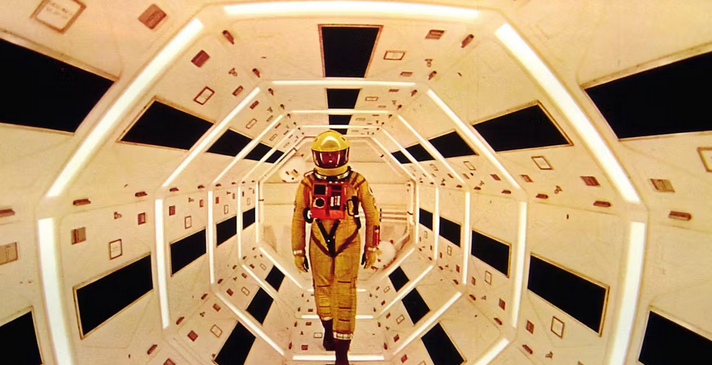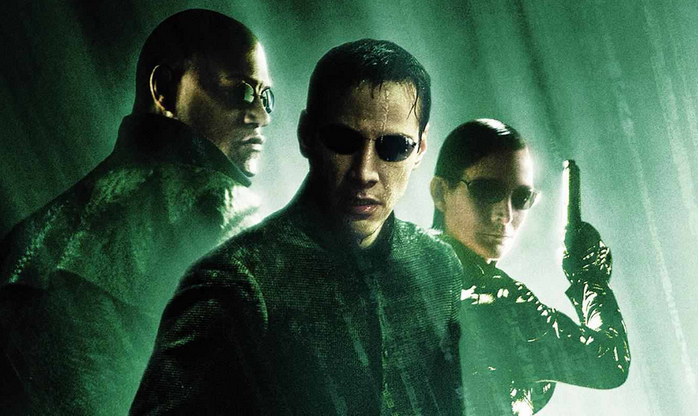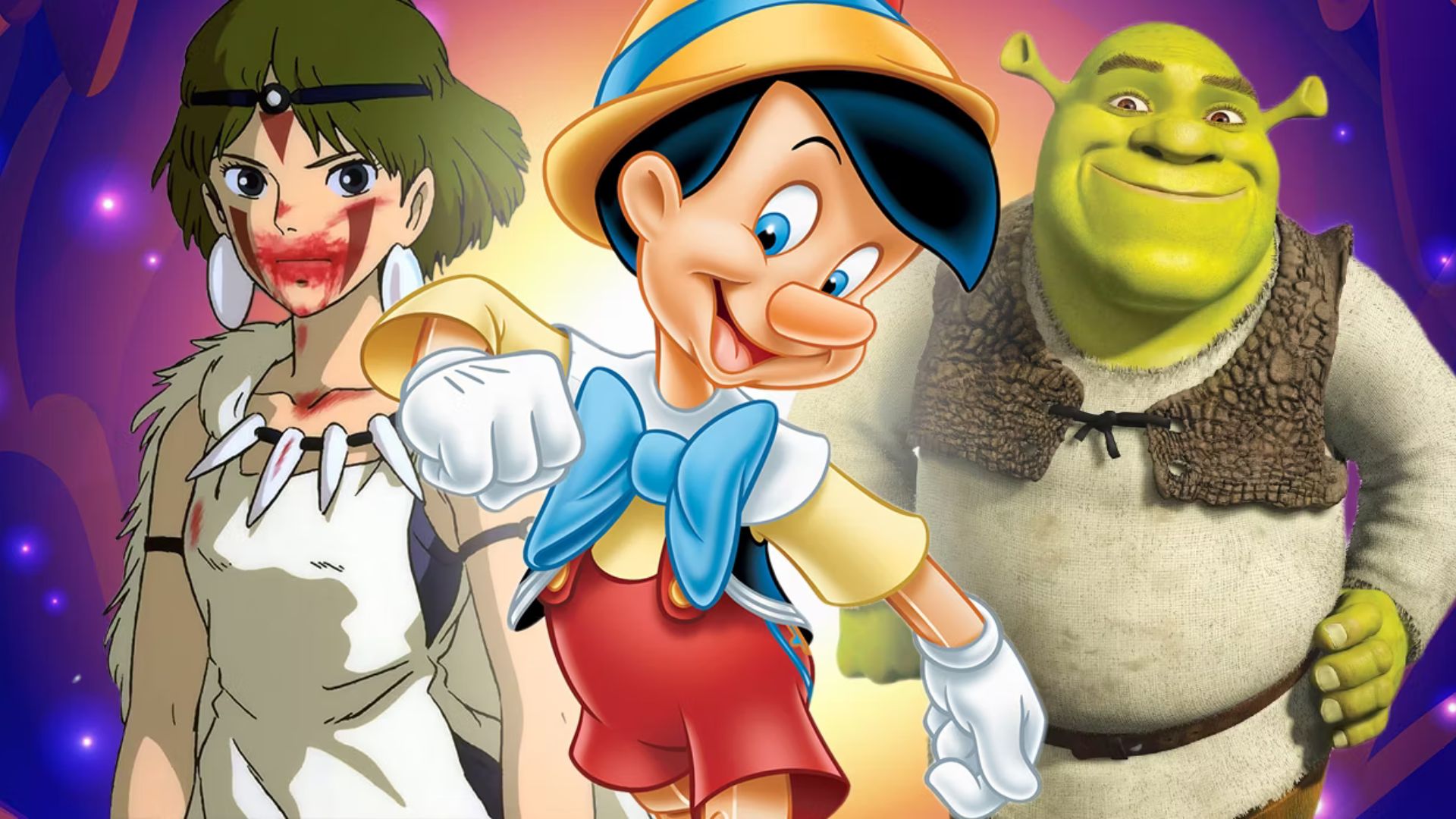Science fiction has captivated audiences for decades with its imaginative exploration of futuristic concepts, advanced technology, and extraterrestrial encounters. From pioneering classics to timeless favourites, the genre boasts a rich history of groundbreaking films that have left a lasting impact on cinema and popular culture. In this article, we’ll embark on a journey through time and space as we explore some of the must-see sci-fi classics that have shaped the genre and inspired generations of viewers.

1. “2001: A Space Odyssey” (1968)
Directed by Stanley Kubrick, “2001: A Space Odyssey” is a groundbreaking masterpiece that continues to be celebrated as one of the greatest sci-fi classics of all time. The film takes viewers on a mesmerizing journey through space and time, exploring profound themes of human evolution, artificial intelligence, and the mysteries of the universe. With its stunning visuals, innovative special effects, and haunting score, “2001: A Space Odyssey” remains a timeless classic that continues to awe and inspire audiences to this day.
2. “Blade Runner” (1982)
Directed by Ridley Scott and based on Philip K. Dick’s novel “Do Androids Dream of Electric Sheep?”, “Blade Runner” is a neo-noir sci-fi masterpiece set in a dystopian future in Los Angeles. The film follows ex-police officer Rick Deckard (played by Harrison Ford) as he hunts down a rogue replicant. Bioengineered androids that are virtually indistinguishable from humans. With its atmospheric visuals, thought-provoking themes, and iconic performances, “Blade Runner” has become a quintessential sci-fi classic that continues to influence filmmakers and audiences alike.
3. “Star Wars: Episode IV – A New Hope” (1977)
George Lucas’ epic space opera “Star Wars: Episode IV – A New Hope” revolutionized the sci-fi genre and became a cultural phenomenon upon its release. The film follows young farm boy Luke Skywalker as he embarks on a heroic journey to rescue Princess Leia. With its iconic characters, groundbreaking visual effects, and epic storytelling, “Star Wars” has become an enduring franchise beloved by fans of all ages.
4. “The Matrix” (1999)
Directed by the Wachowskis, “The Matrix” is a mind-bending sci-fi action film. It redefined the genre with its groundbreaking visual effects and philosophical themes. The film follows computer hacker Neo (played by Keanu Reeves). He discovers the truth about the simulated reality known as the Matrix and joins a group of rebels fighting against their machine overlords. With its innovative storytelling, stylish action sequences, and thought-provoking allegories, “The Matrix” remains a cultural touchstone and a must-see for sci-fi enthusiasts.
5. “Alien” (1979)
Directed by Ridley Scott, “Alien” is a gripping sci-fi horror film. It follows the crew of the spaceship Nostromo as they encounter a deadly extraterrestrial creature. With its claustrophobic atmosphere, suspenseful pacing, and iconic creature design by H.R. Giger, “Alien” set a new standard for sci-fi horror and remains a terrifying and influential classic in the genre.
6. “Jurassic Park” (1993)
Directed by Steven Spielberg and based on Michael Crichton’s novel. Jurassic Park is a groundbreaking sci-fi adventure film that brought dinosaurs back to life with cutting-edge visual effects. The film follows a group of scientists and visitors. They are invited to a remote island theme park populated by genetically engineered dinosaurs.
Conclusion
From visionary filmmakers to iconic performances and groundbreaking special effects. Sci-fi classics have left an indelible mark on cinema and popular culture. Whether exploring the depths of space. The wonders of technology, or the mysteries of the universe, these timeless films continue to inspire wonder. As we continue to explore new frontiers in the ever-evolving landscape of science fiction cinema. Let us not forget the enduring legacy of these cinematic masterpieces that have shaped our collective imagination.











